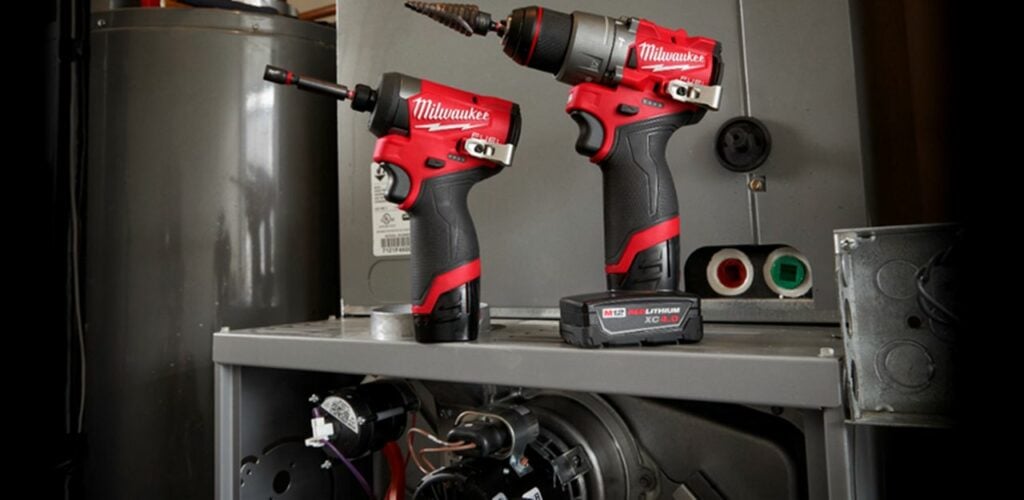Charles R. Goulding and Preeti Sulibhavi look at how 3D printing could be used at Milwaukee Tools.

Milwaukee Tools (Milwaukee) of Brookfield, Wisconsin is a leader in heavy construction electric power tools. The company was founded in 1924 and is now almost 100 years old. Milwaukee Tools has been growing at a 20 percent rate for a decade and now has seven technology centers.
The company was ahead of the field in converting to electric meaning battery-operated power tools. The company is considered the creator of the first lithium-ion battery power tools. Two large recently enacted US federal programs that should augment Milwaukee’s business are the Infrastructure Investment and Jobs Act and the Inflation Reduction Act (IRA).
The Bipartisan Infrastructure Law provides over a trillion US dollars for a wide range of construction projects and the IRA provides US$380B for clean energy projects which for the most part can be considered construction.
In August of 2021, Lisa Martenson wrote an extensive piece for the Milwaukee website on the history of 3D printing and construction opportunities with a major focus on concrete. Since that time 3D printing for concrete has made great progress.
Milwaukee has the electric power tools that drill concrete and will benefit from a global expanding concrete construction market. Milwaukee also employs its own 3D printing professionals.

Much of the products that Milwaukee Tool manufactures can be fabricated using 3D printing. We have covered how Stanley is utilizing 3D printing for its tooling business. For tools and hardware, 3D printing can be used for bearings, fasteners, gaskets, shims, valves, welding, etc. 3D printing can now provide the durability required for such production parts while allowing for flexibility in design and material selection.
The Research & Development Tax Credit
The now permanent Research and Development (R&D) Tax Credit is available for companies developing new or improved products, processes and/or software.
3D printing can help boost a company’s R&D Tax Credits. Wages for technical employees creating, testing and revising 3D printed prototypes can be included as a percentage of eligible time spent for the R&D Tax Credit. Similarly, when used as a method of improving a process, time spent integrating 3D printing hardware and software counts as an eligible activity. Lastly, when used for modeling and preproduction, the costs of filaments consumed during the development process may also be recovered.
Whether it is used for creating and testing prototypes or for final production, 3D printing is a great indicator that R&D Credit eligible activities are taking place. Companies implementing this technology at any point should consider taking advantage of R&D Tax Credits.
Conclusion
With its history of innovation, Milwaukee is positioned to benefit from 3D printing in its own processes and as 3D printing penetrates its customer construction markets. Massive new US funding for infrastructure and clean energy projects is going to accelerate these developments.

